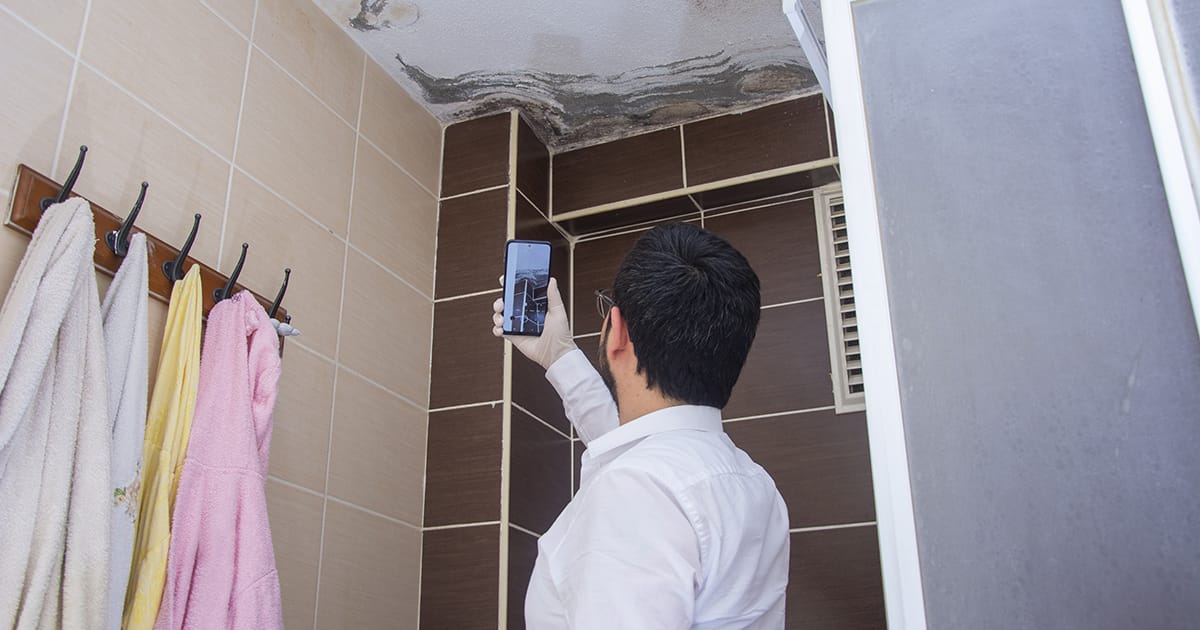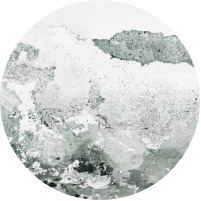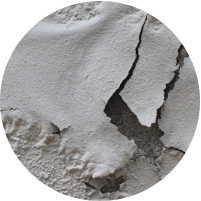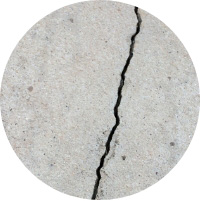
Getting rid of damp in your bathroom: Murprotec's expertise
The bathroom is, by definition, a place wherehumidity is permanently present, notably due to the steam generated by the shower or bath. While a certain degree of humidity is normal, excess humidity in a bathroom is a common problem that can have serious consequences if not dealt with quickly and effectively. So it's crucial to understand where the moisture is coming from, and how to remedy it, to preserve your comfort and the integrity of your home.
Where does this stubborn dampness in the bathroom come from?
Excessive humidity in a bathroom can have a number of causes, which need to be precisely identified. Condensation is one of the most common causes: it occurs when warm, moist air laden with water vapor comes into contact with cooler surfaces such as mirrors, windows or tiles. Water leaks in pipes, shower joints, bathtubs or shower trays can also be an insidious source of moisture. Sometimes the problem goes deeper, with water rising by capillary action from the floor, or water infiltrating through walls or ceilings, if the watertightness of these structures is compromised. In addition, porous materials such as certain types of tile, unsuitable paint or tile grout can absorb water and encourage mold growth.
The consequences of excess humidity in the bathroom
Moisture in the bathroom is a veritable scourge that can cause numerous problems. It inevitably leads to the deterioration of building materials: joints blacken, paint peels, plaster deteriorates. Moulds and fungi that grow on walls, ceilings or tile joints are not only unsightly. They pose a threat to the health of house occupants, causing respiratory problems and allergies, and releasing persistent unpleasant odours. Moisture can also damage bathroom furniture, such as cabinets and mirrors, and cause cracking or discoloration of surfaces. What's more, whenhumidity is high, heating and ventilation costs increase significantly, which can lead to higher energy bills.
How to remedy excess humidity in your bathroom with Murprotec?
To reduce humidity in the bathroom, it's essential to take appropriate measures. The first crucial step is to diagnose the underlying cause in order to treat the problem effectively. If the problem is mainly due to condensation, better ventilation is the solution. This can be achieved by installing an air handling unit (AHU ) that renews the air and evacuates humidity. If the problem is caused by a water leak, it's imperative to locate and repair the source of the leak as quickly as possible. When moisture is caused by capillary rise or water infiltration through walls, floors or ceilings, it may be necessary to treat the waterproofing of the walls or install a water-repellent barrier to prevent future infiltration. It's also important to treat existing mold with antifungal products to prevent its growth. Our Murprotec experts can help you reduce humidity in your bathroom and maintain a healthy, dry environment. Rely on their know-how to prevent your bathroom from deteriorating!
 The signs
The signs
 The consequences
The consequences
 Humidity in the home
Humidity in the home
 The causes
The causes
 Solutions
Solutions





 Our branches
Our branches






